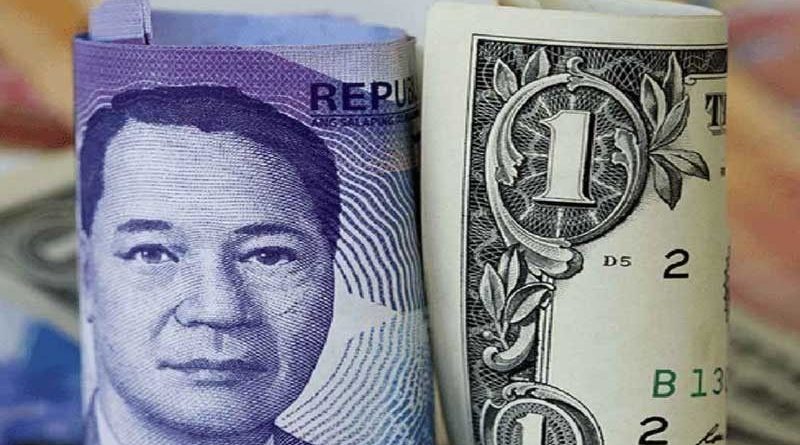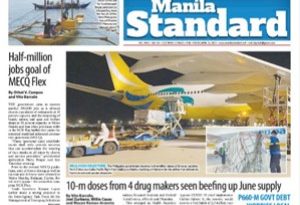BIZ-FOREX: MANILA- Peso seen at P58 on wider ’19 trade gap – ‘Ompong’ likely to aggravate inflation, Capital Economics says
The peso is seen to further weaken to P55 against the US dollar this year and would fall to P58 against the greenback next year on expectations that the trade-in-goods deficit will continue to widen due to the Duterte administration’s ambitious infrastructure program.
In a Sept. 14 report titled “Peso plunges, Korea’s labor market woes continue,” London-based Capital Economics also noted that the onslaught of Typhoon “Ompong” (international name: Mangkhut) was expected to further jack up food prices even as its overall impact on the economy would be temporary.
.
– SPACE RESERVE FOR YOUR ADVERTISEMENT –
.
“The lesson from previous natural disasters is that there is likely to be a short-term negative impact on gross domestic product, followed by a rebound supported by reconstruction efforts. Perhaps a bigger worry from an economic perspective is that ‘Mangkhut’ damages agricultural production, leading to an increase in food prices. This would put further pressure on the Bangko Sentral ng Pilipinas to tighten monetary policy,” Capital Economics said.
Food prices were already soaring at the moment, with rice, fish, meat and vegetables accounting for 2.4 percentage points of the over nine-year high inflation rate of 6.4 percent in August.
As for the prevailing trade deficit, Capital Economics said it “renewed downward pressure on the peso over the past week, creating a further headache for the central bank.”
The latest government data showed that as of end-July, the balance of trade in goods further widened to a $22.49-billion deficit, 72.3-percent larger than the $13.06 billion recorded during the first seven months of last year.
From January to July, imports jumped 15.7 percent year-on-year to $61.23 billion, while merchandise exports declined 2.8 percent to $38.74 billion.
The wider trade deficit resulted into a ballooning current account deficit as more dollars were being spent for importation.
The BSP reported last Friday that the current account deficit climbed to $3.1 billion (equivalent to 1.9 percent of GDP) at the end of the first half from $133 million (0.1 percent of GDP) a year ago.
Market concerns on the current account deficit was major a cause of the peso’s depreciation. It breached the P54:$1 level last week, the weakest in almost 13 years.
The peso depreciated by nearly 8 percent year-to-date against the US dollar, which Capital Economics noted made it “one of the worst performing Asian currencies” so far this year.
.
– SPACE RESERVE FOR YOUR ADVERTISEMENT –
The weaker peso, in turn, was also putting pressure on prices of basic commodities.
“Looking ahead, the trade deficit is likely to widen further as imports of capital goods continue to flood in to support Duterte’s infrastructure drive,” Capital Economics said.
Under the Duterte administration’s “Build, Build, Build” scheme, the government will roll out 75 projects while spending a total of up to P9 trillion on hard and modern infrastructure until 2022.
Economic managers had said that as the administration embarks on this program, demand for imports of mostly capital goods would remain strong in the near term.
As such, Capital Economics projected the peso to “remain under pressure” this year until next year.
 All photographs, news, editorials, opinions, information, data, others have been taken from the Internet ..aseanews.net | [email protected] | For comments, Email to : Pahulu Gan – Contributor | [email protected]
All photographs, news, editorials, opinions, information, data, others have been taken from the Internet ..aseanews.net | [email protected] | For comments, Email to : Pahulu Gan – Contributor | [email protected]









